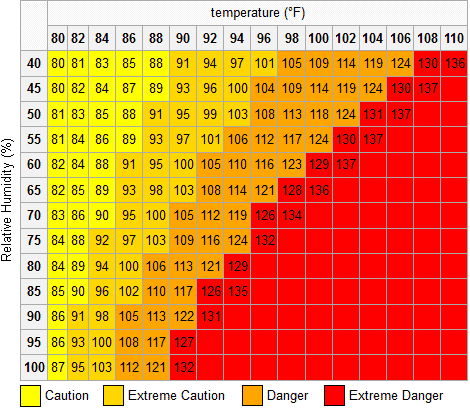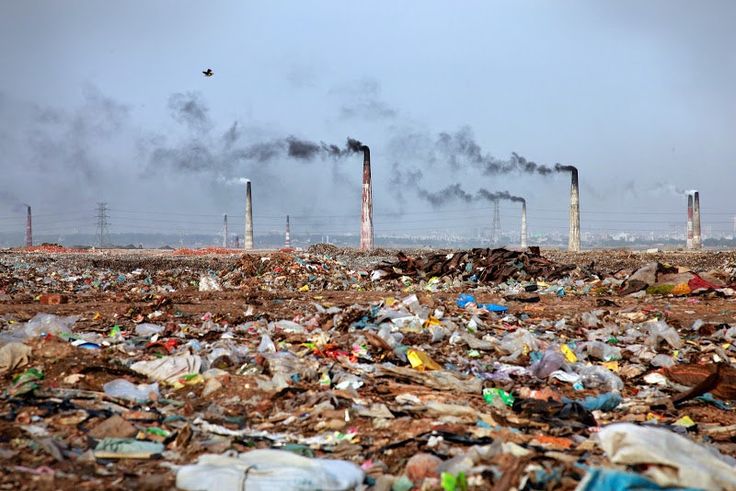As temperatures soar across Pakistan, cities like Karachi are hit the hardest every summer. This year was no different—over 568 lives were lost in just six days during a brutal heatwave in Sindh. It’s a chilling reminder of how lethal heat and humidity can be. Even though Karachi is a coastal city, it’s become increasingly vulnerable to extreme heat. This raises critical questions about why this is happening and what we can do about it.
Understanding the Heat Index
Karachi’s 36°C might appear more dangerous than Multan’s 40°C, because the city’s high humidity exacerbates the heat, making it far more dangerous. This is where the concept of the Heat Index becomes essential—it measures not just the air temperature but also how the heat feels on our bodies when humidity is factored in. The inability of our bodies to cool down through sweating in such humid conditions leads to a deadly rise in heat-related illnesses and fatalities.

For instance, during the recent heatwave, Karachi’s heat index reached a staggering 57°C. This extreme condition is classified as “extremely dangerous,” with the potential to cause severe heatstroke and even death within a short period. Yet, many are unaware of the heat index’s importance, focusing solely on the air temperature and ignoring the humidity, thereby underestimating the true severity of the situation.
Urban Heat Islands
The alarming increase in heat-related deaths in Karachi is not solely due to climate change; it is also a consequence of poor urban planning and environmental degradation. Karachi has turned into an “urban heat island,” meaning it’s much hotter than surrounding areas because of all the concrete and lack of green spaces. The buildings absorb heat during the day and release it at night, keeping the city unbearably hot. Also, the absence of green spaces, which could naturally cool the environment, has turned the city into a furnace.
A study conducted in Lahore on May 8, 2024, demonstrated this disparity in temperatures within the city. Green spaces like Quaid-i-Azam Campus and Model Town Park were found to be 3.7°C and 2.0°C cooler than the surrounding urban areas, underscoring the critical need for vegetation in urban planning. However, in cities like Karachi, green spaces are rapidly disappearing, replaced by sprawling concrete structures that only contribute to the heat island effect.
Climate Change and the Escalation of Extreme Weather Events
The effects of climate change are becoming increasingly apparent in Pakistan, with extreme weather events becoming more frequent and severe. wo years ago, we saw a heatwave in March and April that was completely out of the norm, followed by heavy rains that led to devastating floods.
In 2022, Pakistan witnessed one of the worst natural disasters in its history. Torrential downpours swelled rivers to the point where one-third of the country was submerged, resulting in the deaths of 1,739 people. The monsoon floods of 2022 were described as a “humanitarian disaster of epic proportions,” with the death toll surpassing 1,000 in just a few months.
The National Disaster Management Authority (NDMA) issued warnings of “very high” level flooding in areas alongside the Kabul and Indus Rivers, particularly in Nowshera in Khyber Pakhtunkhwa (KP) province and Kalabagh and Chashma in Punjab province.
Deforestation
On top of all this, Pakistan is losing its forests at an alarming rate—66,700 acres every year, making it the second-highest in Asia for deforestation. This deforestation not only pushes temperatures higher but also leads to a host of other problems, like more frequent floods and landslides, and loss of biodiversity.
The Pakistan Environmental Protection Act of 1997, along with various provincial laws, was enacted to safeguard our environment. Yet, enforcement remains weak, and in some cases, government actions have exacerbated environmental degradation rather than curbing it. The unchecked deforestation across the country is a clear example of how environmental protection laws are being ignored, with dire consequences for both the environment and the people.
A Call to Action: Planting Trees as a National Priority
The evidence is clear: our environmental policies and practices must change if we are to prevent future catastrophes. Planting trees, while seemingly a small act, is one of the most effective ways to combat the rising temperatures and restore ecological balance. Trees not only provide shade and reduce heat but also absorb carbon dioxide, helping to mitigate the effects of climate change.
Every one of us can contribute. If each of us plants and takes care of just five trees, we could make a real difference. And it’s not just about planting; it’s about making sure those trees thrive. The government also needs to step up, enforcing environmental laws and prioritizing reforestation efforts.
Conclusion
Pakistan’s environmental crisis is not a distant threat—it is a present reality that is already claiming lives and livelihoods. The recent heatwaves, the staggering death tolls, and the ongoing deforestation are all warning signs that we can’t ignore any longer. We have the knowledge and the tools to make a difference, but it’s going to take all of us working together.
The time to act is now. Our future, and the future of generations to come, depends on the steps we take today. If we fail to address these environmental challenges, the consequences will be catastrophic, not just for Pakistan but for the entire planet.
References:-
Table of Contents
ToggleMuhammad Adnan Afzal
- Muhammad Adnan Afzal












